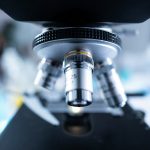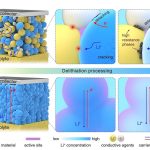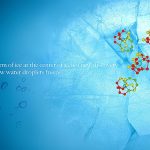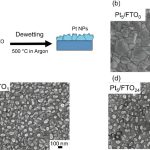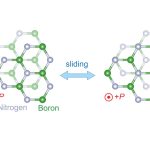Scientists achieve breakthrough in microscopy for delicate materials
An international team of scientists, led by Trinity College Dublin, has developed an innovative imaging method using advanced microscopes.
This breakthrough significantly reduces the time...
Scientists discover tin layer prevents short-circuiting in lithium-ion batteries
Lithium-ion batteries are widely used because they charge quickly, have high energy density, and can be recharged many times.
However, they have a major drawback:...
Scientists develop new method to improve all-solid-state lithium batteries
Researchers at the Qingdao Institute of Bioenergy and Bioprocess Technology (QIBEBT) of the Chinese Academy of Sciences, along with international collaborators, have made a...
Think glass bottles are better for the planet? Think again!
Is a glass bottle of orange juice better for the planet than a plastic one?
You might be surprised. A study by food scientists at...
The blue miracle of Eifel: How volcanoes created sapphires
Researchers at Heidelberg University are studying how sapphires, the beautiful blue gemstones, formed in volcanic regions.
Although sapphires are precious, they are actually made of...
Scientists discover ice 0: A new insight into how ice forms
Ice is more complex than most people realize, with over 20 different types known to science.
The ice we use in our drinks is called...
Green hydrogen revolution: How to produce hydrogen with less platinum
A team of researchers at the University of Twente, led by Dr. Marco Altomare, has discovered a way to make green hydrogen production more...
Mercury could be housing a megafortune worth of diamonds!
Mercury, the closest planet to our Sun, is also one of the least understood in the Solar System.
On the one hand, it is similar...
Revolutionary ultrathin transistor could transform electronics
Imagine a new material so thin and powerful it can make our electronics faster, tougher, and more efficient.
A team of scientists from MIT has...
Atomic ‘GPS’ sheds light on ultramodern material transitions
Scientists from the U.S. Department of Energy's (DOE) Brookhaven National Laboratory have achieved a groundbreaking feat by creating the first-ever atomic movies.
These movies show...

